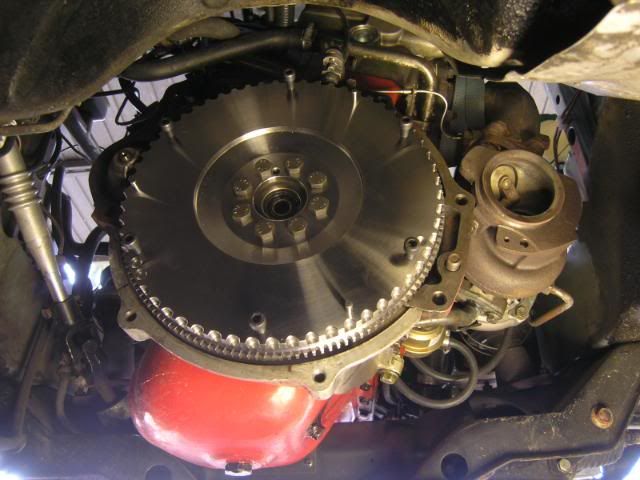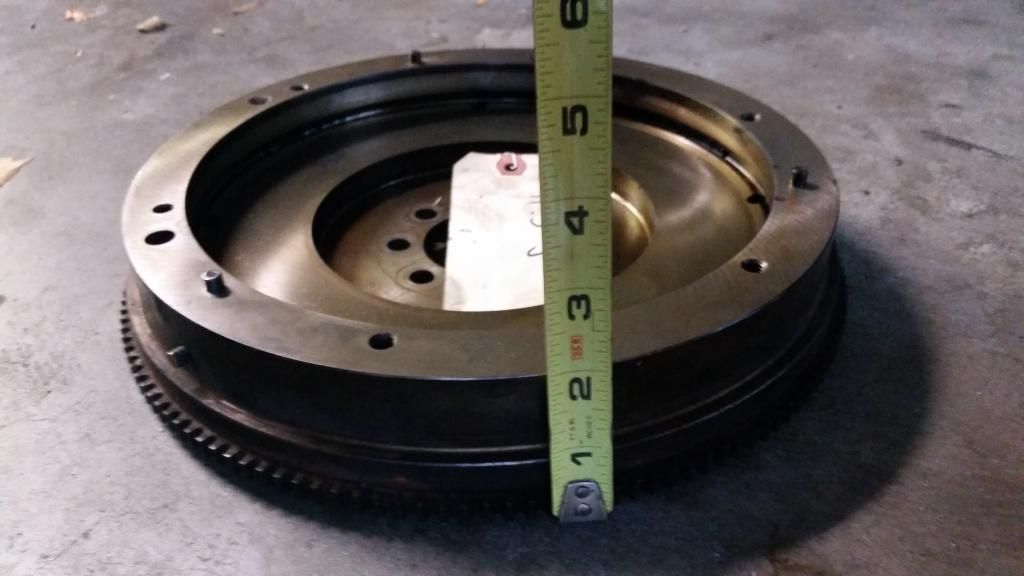Hi Stephen
Is your flywheel a flat or dished? (8.5" / 216mm clutch disc for flat flywheel and 9" / 229mm for dished) Turbo or non-turbo? Cable or hydraulic clutch? Did you have the flywheel machined? Did you replace the rear main seal while you were in there?
If you've got a non-turbo, there's really no reason why your clutch would slip that a "high performance" clutch would solve. If you have a Turbo, you've got to increase boost to well over 15 psi to make enough torque to have one slip. This is all provided you've got no oil leaks contaminating the clutch, that you've got proper geometry on the flywheel, and that your clutch is adjusted correctly.
The Turbo cars and anything from 1990 on were fitted with a dished flywheel (thick built up rim of cast iron flywheel around the perimeter of the clutch disc, very heavy) and if these are machined incorrectly and the relationship between the pressure plate mounting surface and friction surface is not maintained, you risk reducing the clamping force on the clutch disc. I'm not sure what flywheel the non-Turbo 740s came with but I'm pretty sure they're dished as well. Flat flywheels from earlier cars are pretty tough to accidentally screw up because the mounting and friction surfaces are naturally on the same plane.
Early 740s (I think '84-'85, maybe '86?) occasionally came with cable clutch pedals and these need to be properly adjusted as is the same for any mechanically-actuated clutch. The later 740s have hydraulic clutches and adjustment is not necessary (or possible, I believe) and these are far more common I believe.
The Sachs clutch is a good one, but I guess it's possible you got a bad example. I wouldn't bother searching out a heavy duty unit if your car isn't highly modified.
For reference, a flat flywheel (modified to run on a 1990+ engine):

And a dished flywheel, for a 1990+ engine (earlier ones don't have the holes around the perimeter):

The dished flywheel is extremely heavy for super smoothness, but most people ditch these for a flat flywheel to remove rotating weight. The flat flywheel can be modified to take a larger diameter clutch disc, and is vastly preferred for performance applications, but again there's not much wrong with either clutch assembly.
There IS one thing that triggers a memory though: at some point I helped install a flat flywheel clutch into a friend's car, and that particular disc had mounting rivets that were on a non-standard diameter. They rubbed on the flywheel, which didn't allow the flywheel face of the disc to properly contact the friction surface. We had to have a machine shop nip off a chamfer on the flywheel to clear the rivets and this setup worked just fine behind a modified Turbo. I've never seen this issue before or since, not to say that it couldn't happen. When I had Turbo Volvos in the past, I only ever run flat flywheels, nearly always on the smaller OEM replacement clutches because I'm cheap, and I never leave my engines alone so I know very well that they don't have much of a slipping problem until you go REALLY crazy (and then you risk breaking transmissions if you use a clutch that grips).
However, to answer your question: Yoshifab offers a number of options, they're good to the Volvo guys. Or you can google SPEC who make both styles in various flavours, and Sachs makes a performance clutch for the dished flywheel. Centerforce seems to have gotten out of the Volvo game. I'm sure there are others you can find too.


